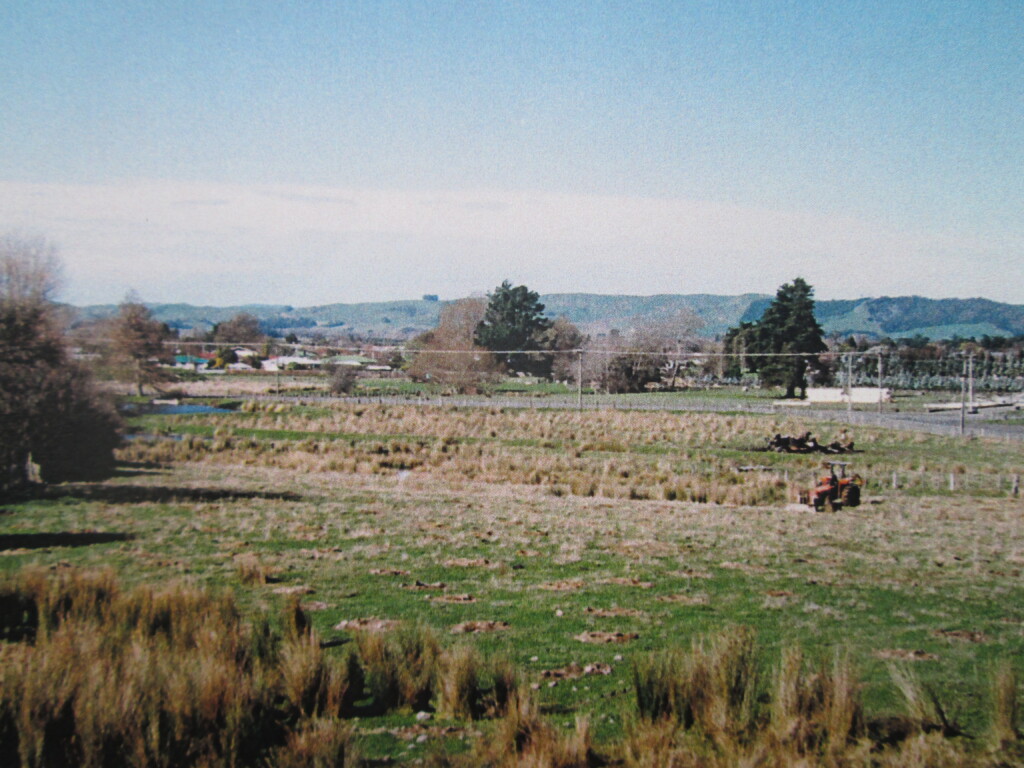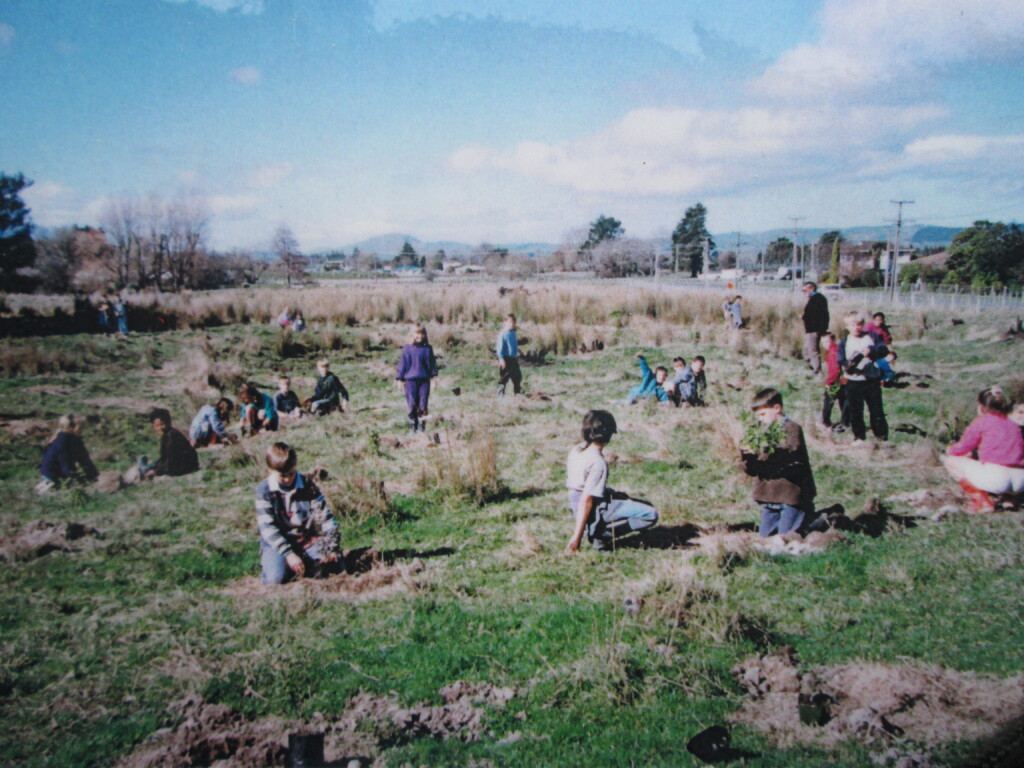If you go down to the woods today, you’re sure of a big surprise – and it won’t be bears.
Back in the early 1990’s a treeless grassland site with streams and wetlands on Masterton’s Hillcrest St had little commercial value.
As local resident and Masterton South Rotary Club member Warwick Dean remembers it, the site “was just a swampy ground with cattle grazing, weeds growing everywhere, full of blackberry and rubbish”.

Dean decided to make an offer to its owners, the Masterton Trust Lands Trust to create a forest reserve on the property, planted with native tree species.
“They said, ‘Okay, give it a go,’ as it could not be subdivided for residential purposes – they supported it and have done so ever since,” Dean says.
Tree planting by Rotary members and volunteers began in 1998, with local farmers using tractors to bore holes and local school children coming to plant young saplings.

“Plants and seedlings were obtained locally from private residentials and Mount Holdsworth and then propagated in our own sheds,” Dean recalls.
For the past two decades, local community volunteers have helped maintain and develop the reserve.
A driving force behind the army of volunteers is Christine McDonald.
“The place is alive. It’s fresh, it’s peaceful, and the people who come through here are happy to be out in the open,” McDonald says.
“You hear the birds, you feel gentle breezes rather than strong winds. It’s my happy place.”

Maintaining the reserve involves a variety of tasks, including sustaining the 1.8km of tracks that crisscross the area.
“We developed the tracks so you would never really go in a straight line, instead getting new vistas and new clumps of trees and different species. You don’t actually know that there’s someone just five or ten metres through the bush on another track,” she says.
The task of creating a lush native forest without wind protection on initially open land has not been without problems for McDonald and the rest of the team, however.
“A lot of natives don’t like growing under established trees, so the first few years they lost almost everything they planted – there was a huge die off,” she said.
After going back to the drawing board, rapidly growing lucerne trees were planted to provide shelter and were later cut back once the native trees reached a height of about three metres.
“We’re trying to showcase what the natural cover of Wairarapa would have been before we came and cleared it all,” McDonald explains.

“Developing something like this will enable a far greater range of people to come through and get that sense of just how majestic the native vegetation is.”
With thousands of trees, shrubs, ferns, and grasses planted over the past quarter century, the reserve is now at a point where it has started to regenerate itself.
Native birds are now finding their place and a menagerie of invertebrates, eels, and skinks are making it their home.
Warwick Dean hopes more people will come and enjoy the forest that’s grown from his original visionary seed of an idea.
“It’s an asset, a jewel in the crown that many people don’t realise is here,” he says.
“It gives me pride; what it is and what it could be.”


